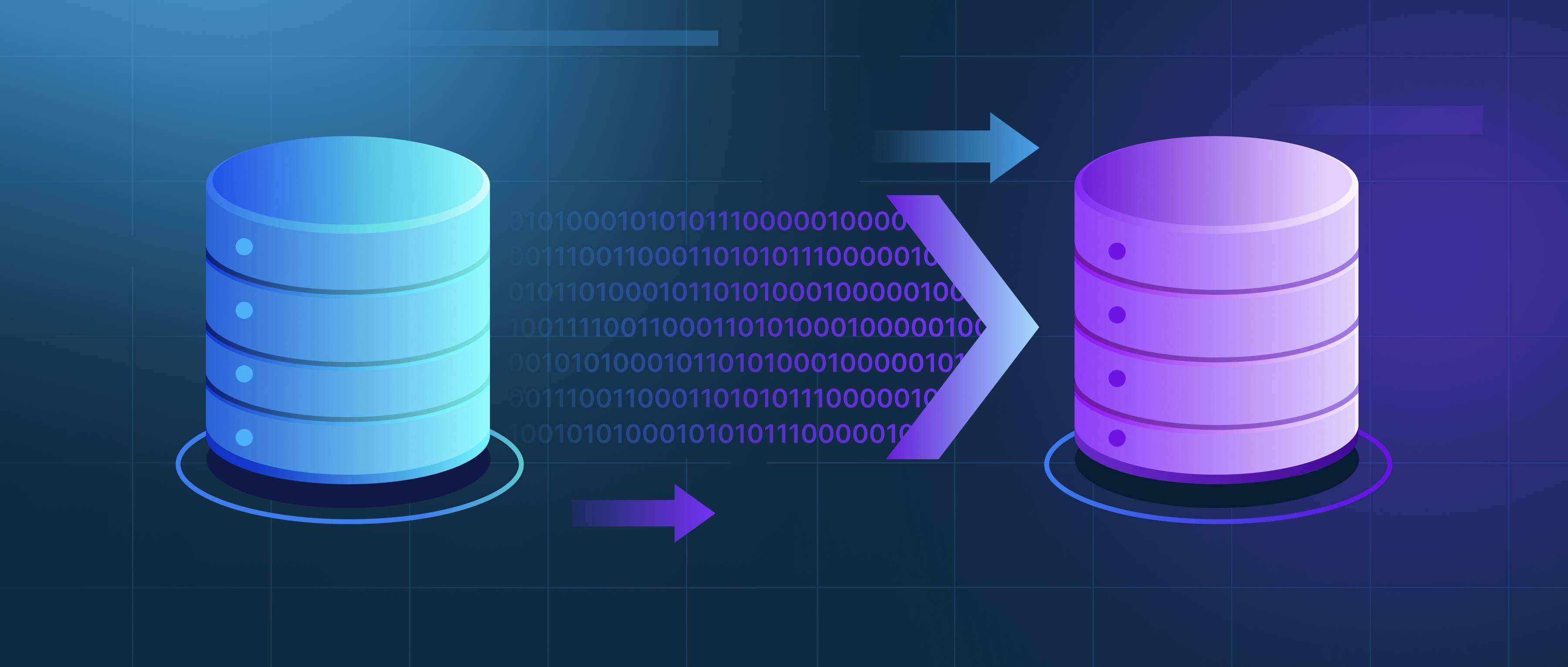You can use LangChain with external data sources by integrating APIs, databases, or file storage systems to augment your applications with additional information. This allows your application to fetch data from various sources dynamically and utilize it alongside the capabilities of LangChain. To get started, you would typically establish a connection to the external data source, retrieve the relevant data, and then feed that data into your LangChain components for processing, such as language models, chains, or agents.
For instance, if you want to incorporate data from a REST API, you would first create an API client in your application to retrieve data. This can be achieved using libraries like requests in Python. Once you have your data, you can format it appropriately so that it can be easily consumed by LangChain. For example, if you are building a chatbot and wish to pull customer information from an external database, you would query the database using SQL, process the result, and pass that information to LangChain for generating context-aware responses.
Another scenario could involve using files stored on services like AWS S3 or Google Cloud Storage. You would first set up the necessary SDKs to access these files, read in the data, and then convert it into a format compatible with LangChain. For instance, if you are processing text documents, you might extract text content from the files, and then use LangChain's capabilities to analyze that text, summarize it, or extract key insights. By following these steps, you can effectively leverage external data sources to strengthen your applications built with LangChain.
